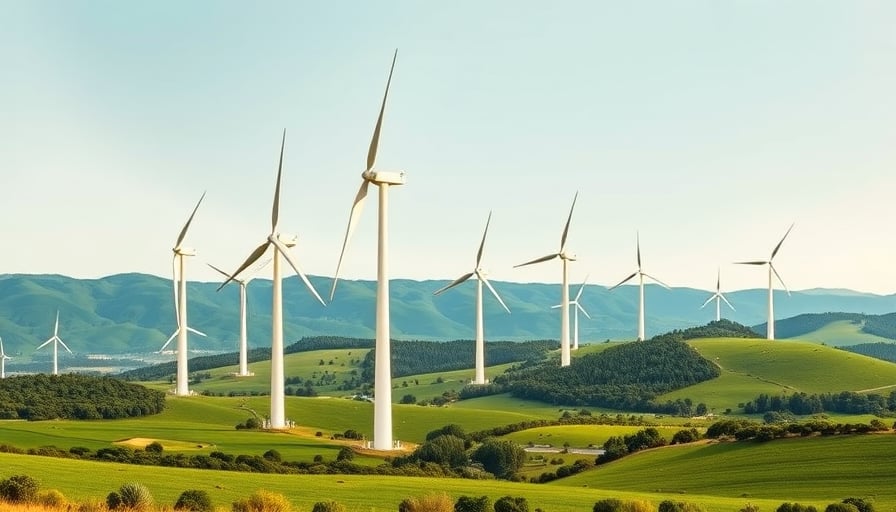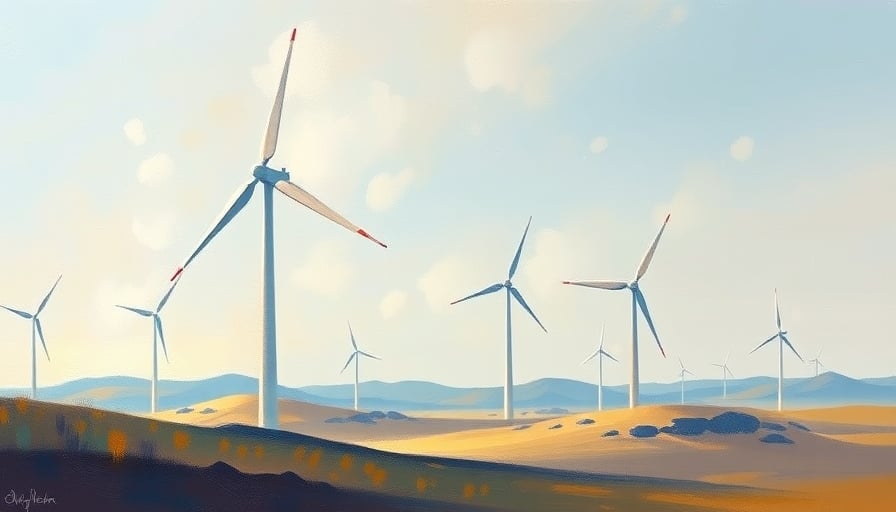Corporate Performance Review: Nibe Industrier AB Q3 2025
Nibe Industrier AB, a publicly listed Swedish manufacturer of heating‑technology solutions, published its third‑quarter financial statements on 14 November 2025. The report confirms that the company’s operating performance remains largely in line with analyst expectations, while offering several nuanced insights into its capital‑expenditure strategy, supply‑chain dynamics, and the broader macroeconomic backdrop that shapes demand for heat‑pump technologies across Europe.
1. Earnings Overview
- Operating Margin: The company sustained an operating margin comparable to the previous quarter, underscoring the resilience of its core business model amid volatile commodity prices.
- Net Profit Impact: A one‑off tax item in the United States reduced net profit during the quarter; management clarified that this does not alter the prevailing effective tax rate or signal a new fiscal baseline.
- Guidance: Modest upward revisions to earnings guidance were announced, but these are framed as incremental rather than transformational, reflecting confidence in the current trajectory of market conditions.
2. Market Dynamics
2.1 European Demand for Heat‑Pump Solutions
- Growth Zones: Several European jurisdictions—including the UK, Germany, and the Nordics—reported increased adoption rates, driven by tightening emissions regulations and incentives for low‑carbon heating.
- Competitive Landscape: Nibe’s positioning as a supplier of high‑efficiency, smart‑grid‑compatible units provides a competitive edge over legacy furnaces and less‑integrated heat‑pump offerings.
2.2 Trade‑Related Headwinds
- Tariff Exposure: While the company has largely mitigated tariff risks through diversified supply chains, fluctuations in import duties on key components (e.g., silicon carbide modules) continue to pose a potential margin compression risk.
- Currency Volatility: A stronger euro against the USD has modestly impacted the profitability of U.S. operations, reinforcing the need for robust hedging frameworks.
3. Capital Expenditure & Production Efficiency
3.1 Investment in Manufacturing Automation
- Robotics & AI: Nibe has allocated capital toward deploying collaborative robots (cobots) on its assembly lines. These units perform precision soldering and component placement, reducing cycle times by up to 15 % and lowering defect rates.
- Predictive Maintenance: Integration of machine‑learning models that analyze vibration and thermal data enables pre‑emptive component replacement, thereby minimizing unplanned downtime.
3.2 Facility Expansion & Green Manufacturing
- Energy‑Efficient Infrastructure: Planned expansion of the Uppsala plant includes the installation of district‑heat recovery systems, targeting a 20 % reduction in site‑level CO₂ emissions.
- Capital Budget Allocation: Roughly 30 % of the year‑end capital budget is earmarked for upgrading HVAC systems within the manufacturing environment, aligning with both corporate sustainability goals and EU “Fit for 55” directives.
4. Supply‑Chain Considerations
- Component Sourcing: The firm maintains dual sourcing for critical raw materials (e.g., rare‑earth magnets for compressors) to guard against geopolitical disruptions.
- Inventory Management: Implementation of a just‑in‑time (JIT) inventory system, augmented by real‑time RFID tracking, has improved inventory turnover by 12 % without compromising safety stock levels for high‑demand models.
- Logistics Optimization: Utilization of container‑ship consolidation near the Baltic ports has cut freight costs by 8 % and shortened lead times for EU deliveries.
5. Regulatory Landscape & Infrastructure Spending
- EU Heat‑Pump Directive: Upcoming revisions to the EU directive on residential heating efficiency are expected to raise the minimum coefficient of performance (COP) thresholds, potentially accelerating the adoption of Nibe’s high‑efficiency units.
- Infrastructure Grants: Several national governments have announced stimulus packages earmarked for renewable‑energy infrastructure, creating a favorable environment for downstream investments in district‑heat networks that rely on heat‑pump technology.
6. Strategic Outlook
- Acquisition Activity: Management has reiterated a “no‑rush” stance on potential acquisitions, preferring to consolidate internal capabilities first.
- Transition Strategy: The company’s transition plan focuses on scaling production capacity in line with projected demand spikes, while maintaining lean operational footprints to preserve margin stability.
7. Analyst Consensus
Market analysts project only minor adjustments to earnings estimates for the remainder of the fiscal year, reflecting confidence in the company’s current capital‑expenditure path and its ability to navigate supply‑chain volatility. The consensus view underscores that Nibe’s robust manufacturing footprint and strategic positioning in the European heat‑pump market should sustain growth momentum, even as macroeconomic pressures continue to evolve.




